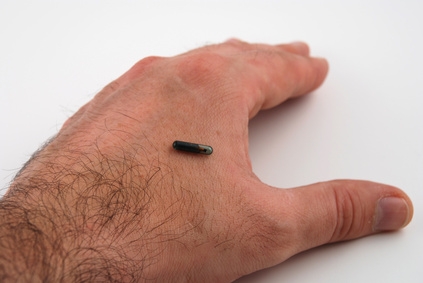
In the late 1990s, car manufacturers started putting in transponder chips into key fobs and ignition keys to help deter theft by embedding a unique coded signal that would travel to the car's computer and back and allow the car to be opened. They are an integral part of your car's security.
In the late 1980s, German car insurance underwriters insisted that the car companies do more to protect the cars they were manufacturing and to do so with electronic means. This led to transponders being placed in key fobs. A transponder is basically a small radio transmitter. It sends a signal to the car, telling it to open, close, lock or open the trunk with a signal that is entirely unique to your car.
Transponders work by accessing power to the battery when the key on your fob is pressed. The radio signal of your choice -- open/close, lock, and panic -- are then sent to the car's main computer. Upon receiving the signal, the computer obeys the command your fob is sending it.
Maintain your key fob's efficiency by replacing the battery at least once a year. Open your key fob and be sure to clean out all debris with canned air. If possible, wipe the buttons and outer key case with alcohol to keep it nice and clean. The transmitter in the fob is a green circuit board and can be repaired if it becomes worn out by using contact paint and a small paint brush. Keep it clean and dry and it should last you the life of your car.